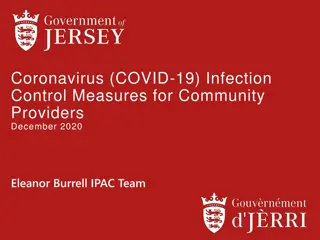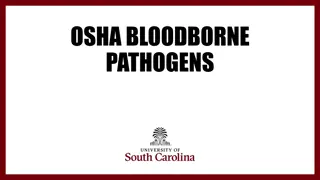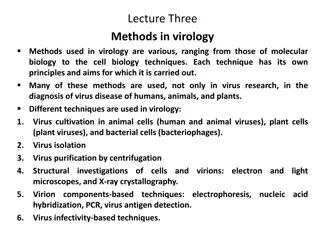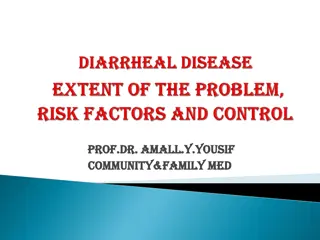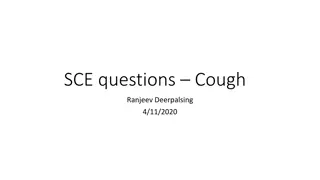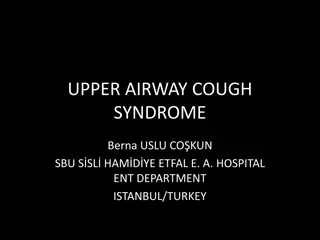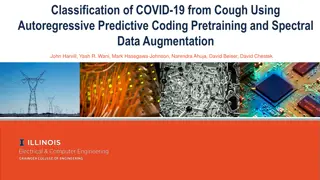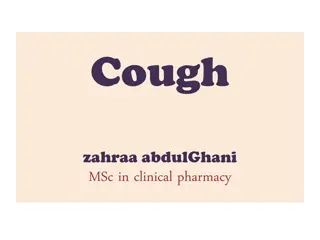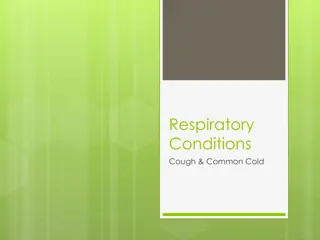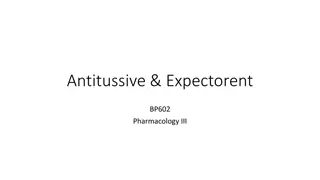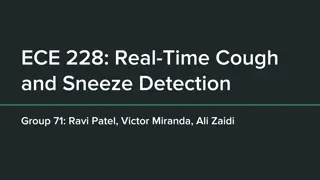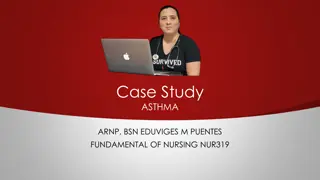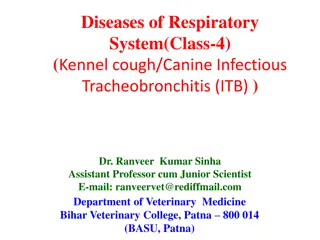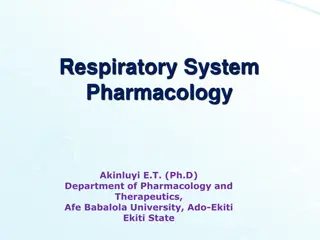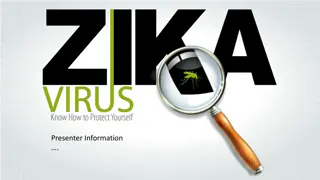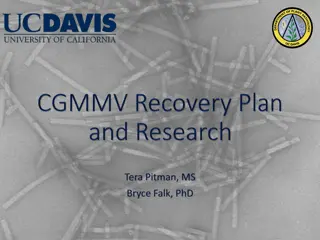
Canine Adenovirus-2 & Parainfluenza Virus Infection Overview
Learn about Canine Adenovirus-2 and Parainfluenza Virus Infection, common clinical signs, transmission, diagnosis, treatment, and prevention methods. Understand the importance of vaccination in controlling the spread of these viruses among dogs. Expert insights provided by Dr. Mritunjay Kumar, Associate Professor in Vet Medicine.
Download Presentation

Please find below an Image/Link to download the presentation.
The content on the website is provided AS IS for your information and personal use only. It may not be sold, licensed, or shared on other websites without obtaining consent from the author. If you encounter any issues during the download, it is possible that the publisher has removed the file from their server.
You are allowed to download the files provided on this website for personal or commercial use, subject to the condition that they are used lawfully. All files are the property of their respective owners.
The content on the website is provided AS IS for your information and personal use only. It may not be sold, licensed, or shared on other websites without obtaining consent from the author.
E N D
Presentation Transcript
Canine Adenovirus-2 & Parainfluenza Virus Infection Dr Mritunjay Kumar Associate Professor VMD, BVC, BASU, Patna
Canine characterised by dry hacking cough, retching, sneezing, watery nasal discharge, fever and lethargy in severe cases Aetiology Canine adeno virus-2 (CAV-2) is in the family Adenoviridae PI is caused by single stranded RNA virus of family Paramyxoviridae Epidemiology Distribution is world wide and mainly present as mixed infection in kennel cough Members of Canidae adeno virus-2 causes respiratory disease and
Transmission Virus are transmitted primarily by inhalation of aerosolised droplets from infected dog Virus is part of a complex of pathogens causing infectious tracheobronchitis in dog Dense population such as in Kennels or shelters facilitate viral spread to na ve dogs Pathogenesis Incubation period- 3-10 days Virus replicates in epithelial cells and cause damage to upper respiratory tract of infected dogs Damage to epithelial barrier and disruption of normal respiratory defenses predispose to infection with other respiratory tract infection (Mycoplasma, Bordetella etc) Viral sheding can occur for one week after recovery
Clinical signs Hacking cough with terminal retch and serous nasal discharge- typical signs of viral infection Paroxysmal coughing Tracheal palpation elicits coughing Coughing may produce foamy white mucous Clinical signs of short duration and subsides by 7 days after onset Some dogs may show clinical signs up to 10 days Differential Diagnosis Boretella bronchiseptica infections Para-influenza infection Common cold
Diagnosis Based on history and clinical signs No pathognomonic laboratory abnormalities Isolation of virus from nasopharyngeal or tracheal swabs Radiography- No typical changes observable in uncomplicated cases Treatment No specific treatment, only supportive treatment Antimicrobial- Amoxycillin, ampicillin, trimethoprim-sulfa may limit the secondary bacterial infections Anti-inflammatory dose of gluco-corticoids Cough suppressants-Hydrocodone or Butorphenol tartrate Prevention and Control Strict isolation and sanitation Vaccination Nobivac KC(Parainfluenza & B. brochiseptica) Intra-nasaI in one nose Dose-0.4 ml Age-2 weeks old Protection-1 year CAV-2 vaccine is part of core vaccination programme as it provides protection against CAV-1
Multiple type questions Q. 1. Kennel cough in dog is caused by a) PI b) B. bronchiseptica c) Adeno virus 2 infections d) All Q.2. Canine adeno virus causes respiratory tract infections a) CAV-1 b) PI c) CAD-2 d) All Q.3. Virus commonly associated with kennel cough a) CAV-1 b) PI c) CAD-2 d) b & c Q.4. Which of the following vaccine is also used intra-nasally a) Parvo virus infection b) PI c) B. brochiseptica d) All Q.5. Dry hacking cough with terminal retch and serous nasal discharge is indicative of a) PI b) B. bronchiseptica c) Adeno virus 2 infections d) a & c



